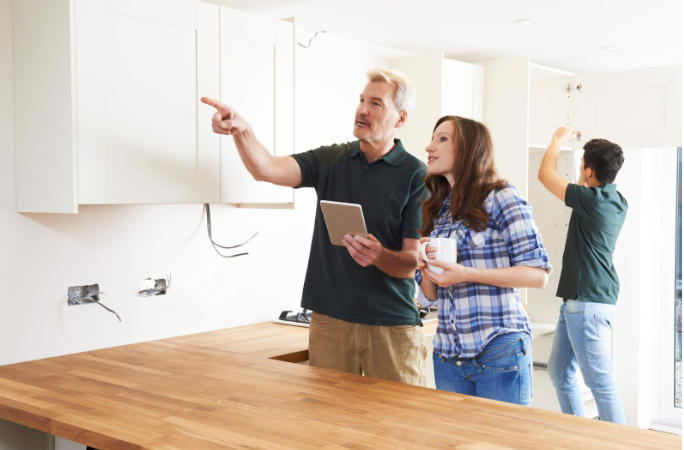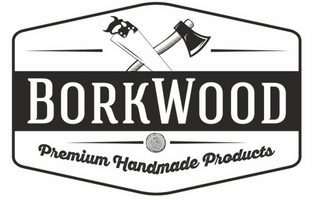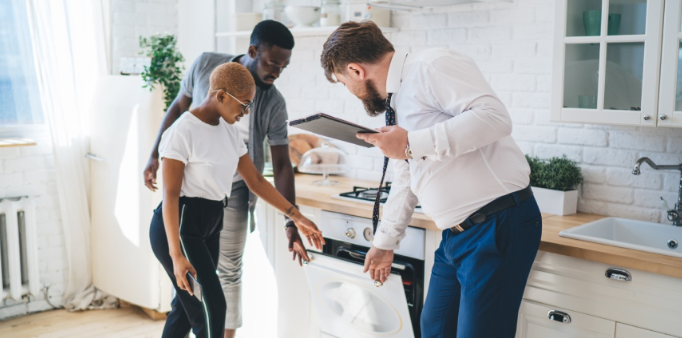What Does a Property Inspection Reveal Before You Move In?
Most tenants are aware of how difficult it can be to find the perfect home to live in. A property inspection, however, is one of the most effective ways to streamline this process. When a property is inspected prior to moving in, it can provide valuable insight into its specific condition.
It also provides reassurance that no safety, comfort, or financial issues are hidden or overlooked. In this guide, we’ll discuss property inspections and address some common questions about what they entail, how long they take, and how to prepare.
Why Is a Property Inspection Non-Negotiable?
-
Security Deposit Protection
An apartment inspection is essential for protecting the security deposit, as it provides a clear and accurate record of the property’s condition when a tenant moves in. Establishing a clear starting point for documentation is important to protect both the tenant’s and the landlord’s interests. It helps avoid disputes over damage versus reasonable wear and tear at the end of the tenancy. Without conducting an initial inspection, the landlord may unlawfully retain part of the deposit due to pre-existing problems for which the tenant lacks proof.
The inspection process involves a checklist or report that documents any pre-existing damages, defects, or cleanliness issues, sometimes accompanied by photo or video documentation. Often, the inspection report is signed by both parties acknowledging the condition of the property at that time. This enables the inspection report to account for transparency and fairness by including a clear record of the property’s condition, and it is vital documentation in the event of a dispute regarding the amount of the deposit to be returned subsequently.
-
Identifying Major Issues
By revealing the actual state of the property, expert inspections allow prospective tenants to be confident in their choice. Resolving problems early on lessens worry about future repairs. How long apartment inspections should take would depend on the features of the property. By projecting future maintenance requirements, tenants can establish a better financial picture.
Inspections also provide financial security by averting unforeseen repair expenses after purchases. They ensure that tenants are informed about the property’s condition, thereby offering peace of mind. Then, inspections prevent unpleasant surprises later on and help tenants make well-informed choices.
Key Areas to Inspect Thoroughly

-
Essential Home Systems
When conducting a property inspection, tenants must check and test various home systems. Test both heating and cooling functions. Check the filters, the vents, and the thermostats. Ensure that all outlets are functioning and that all switches are operational.
Also, confirm that your safety switches, such as the fuse and RCD, as well as the circuit breakers, are functioning properly. Look for exposed or broken wiring on the switches and outlets. Remember to check the water pressure, ensure the hot water reaches the tap, and inspect for leaks in sinks, toilets, showers, and faucets.
-
Interior Surfaces and Structure
Keep a close eye on the state of the floors, walls, and ceilings when inspecting a rental home. In addition to assessing whether a rental home meets your needs, damage to these areas could be a sign that the landlord has failed to fulfil their obligations. First, ensure the flooring is level and solid, and inspect for any signs of deterioration, such as stains or cracks. Keep an eye out for any signs of dampness or water damage, as these may indicate more serious issues, such as roof leaks.
Be also mindful of the different types of flooring because certain materials are more resilient than others. For instance, compared to hardwood floors, tiled floors are more resilient to water damage. Renting a property made of sturdy materials can safeguard your interests as a tenant because you are less likely to lose your security deposit and cause unintentional harm. Next, inspect the walls for any holes or cracks. A few tiny holes in the walls from a former renter are pretty common. On the other hand, wall cracks may indicate structural problems and should be avoided.
Read also: Pathlight Property Management
-
Appliances & Fixtures
Every day living requires a functional kitchen. Inconvenience and frustration can result from a stove that fails to cook meals properly, a refrigerator that doesn’t keep food cold enough, or a dishwasher that doesn’t clean dishes adequately. Therefore, as a prospective tenant, ensure that the appliances are clean and functioning properly during a viewing or walkthrough. By doing this, you can identify any issues that need to be addressed before you move in or even apply.
It should be possible to at least turn on the appliances while viewing a rental property, even though you won’t be able to fully test out the kitchen and cook a meal. For instance, ensure the oven is heating up after you turn it on. Alternatively, ensure the internal thermometer in a refrigerator is set at or below 40°F (4 °C).
Don’t be scared to inquire about the appliances’ age and maintenance history. Ensuring they are functional and well-maintained can help you avoid future problems and reduce the likelihood of needing regular repairs.
Final Thoughts
Property inspections should always be the first step for a stress-free rental experience. You can make well-informed decisions and safeguard your future choices by realising the significance of comprehensive inspections and taking the initiative in the process. Aside from the inconvenience of scheduling viewings and competing with other applications, it can be challenging to ensure that you look for everything while inspecting a rental home. Landlords and property managers often conduct brief tours, making it easy to overlook minor flaws and more serious issues. Property inspections are essential to guaranteeing a secure renting experience, so don’t undervalue their importance.



